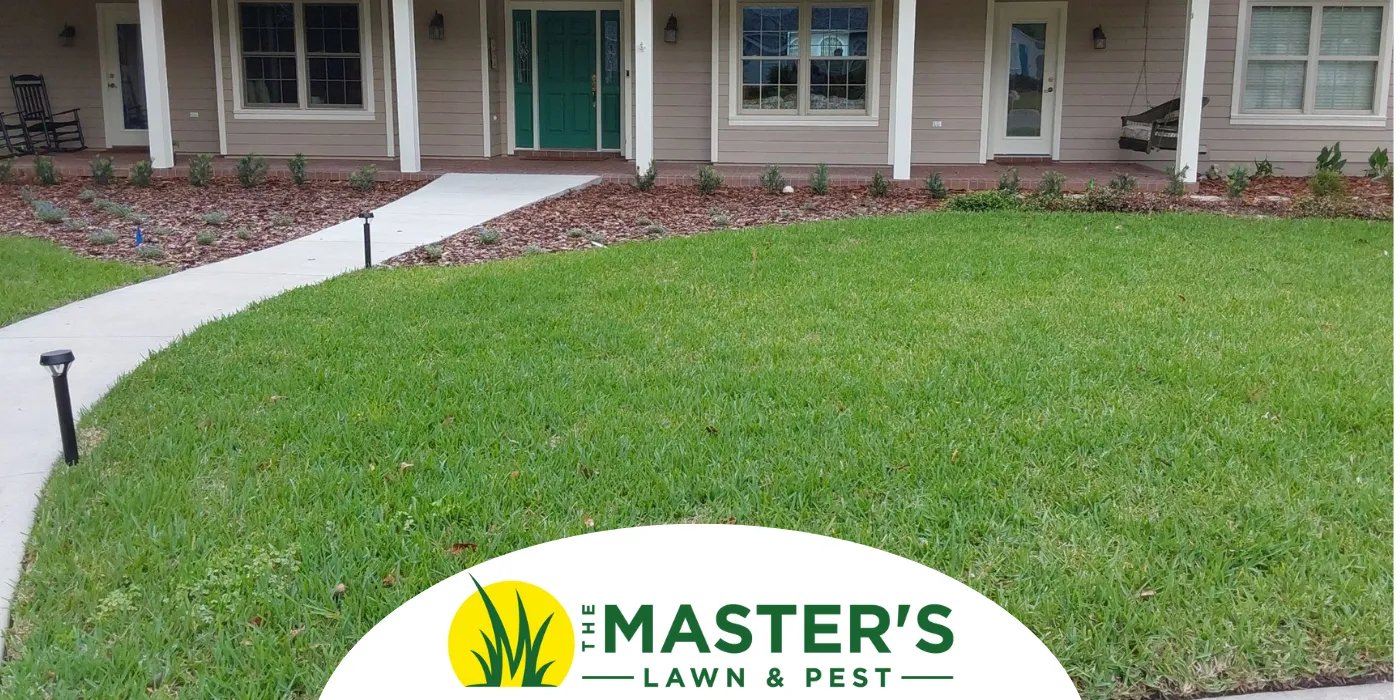As June ushers in the peak of summer in North Florida, your lawn requires attentive care to remain vibrant and healthy. The combination of high temperatures, increased humidity, and potential drought conditions can challenge even the most robust turf. This guide provides actionable steps to ensure your lawn thrives during this demanding month.
1. Mow Appropriately
Regular mowing is crucial for lawn health. For warm-season grasses prevalent in North Florida, such as St. Augustine, Zoysia, and Bahia, maintain the following mowing heights
-
St. Augustine: 2.5–4 inches
-
Zoysia: 1–2.5 inches
-
Bahia: 2.5–4 inches
Avoid cutting more than one-third of the grass blade in a single mowing session to prevent stress. Ensure mower blades are sharp to achieve clean cuts, reducing the risk of disease. Additionally, vary your mowing pattern to prevent soil compaction and promote upright growth.
2. Water Wisely
Efficient watering practices are vital during June's heat. Aim to provide your lawn with 1 to 1.5 inches of water per week, either through rainfall or irrigation. Water deeply and infrequently to encourage deep root growth, which enhances drought resistance. The optimal time to water is early morning (between 4:00 and 8:00 a.m.) to minimize evaporation and fungal growth.
3. Fertilize with Care
June is an appropriate time to apply fertilizer, provided your lawn is actively growing. Use a slow-release nitrogen fertilizer suitable for your grass type. Avoid fertilizing during periods of drought or when high temperatures are forecasted, as this can stress the grass. Always follow the manufacturer's instructions to prevent over-fertilization, which can lead to nutrient runoff and environmental concerns.
4. Monitor for Pests and Diseases
Warm, humid conditions in June can lead to increased pest activity and disease prevalence. Be vigilant for signs of common issues:
-
Chinch Bugs: Look for yellowing patches that expand over time.
-
Sod Webworms: Watch for chewed grass blades and small moths hovering over the lawn.
-
Brown Patch Disease: Identify circular brown areas with a potential grayish ring.
Early detection is key. If you notice any of these signs, consult with a lawn care professional to determine the appropriate treatment.
5. Control Weeds
Weeds compete with grass for nutrients and water. In June, focus on post-emergent weed control methods:
-
Manual Removal: Hand-pull weeds, ensuring the entire root system is removed.
-
Selective Herbicides: Apply products designed to target specific weeds without harming your grass type.
Always read and follow label directions when using herbicides, and consider spot-treating to minimize chemical use.
6. Aerate if Necessary
If your lawn experiences heavy foot traffic or shows signs of soil compaction (e.g., water pooling, thin grass growth), consider aeration. Aerating involves removing small plugs of soil to improve air, water, and nutrient penetration. For warm-season grasses, late spring to early summer is an ideal time for aeration.
7. Prepare for Hurricane Season
June marks the beginning of hurricane season in Florida. To protect your lawn and landscape
-
Secure Outdoor Items: Store or anchor furniture, tools, and decorations.
-
Prune Trees and Shrubs: Remove dead or weak branches that could become projectiles.
-
Ensure Proper Drainage: Clear gutters and downspouts to prevent water accumulation.
Taking these precautions can minimize damage from storms and aid in quicker recovery.
By adhering to this June lawn care checklist, North Florida homeowners can maintain a lush and resilient lawn throughout the summer months. Regular maintenance, attentive observation, and timely interventions are the cornerstones of effective lawn care.
For personalized advice or professional lawn care services, consider consulting with local experts familiar with North Florida's unique climate and soil conditions.


